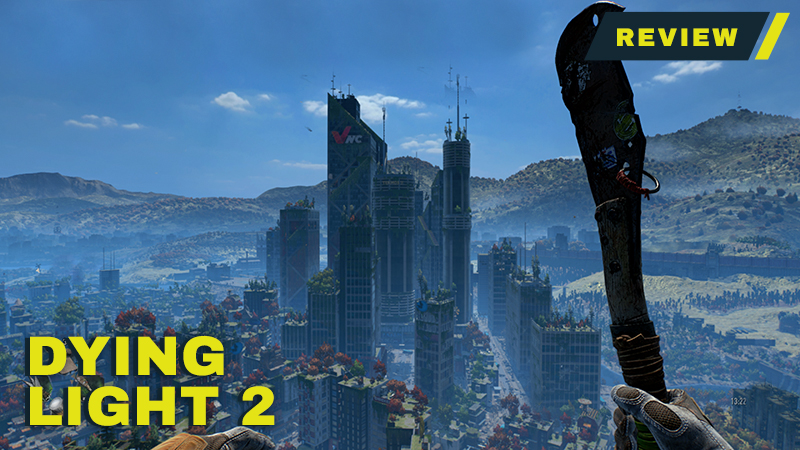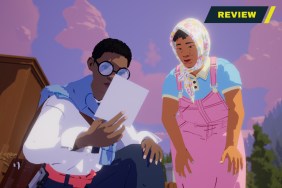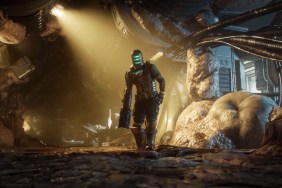Dying Light begged for a follow-up and now, almost seven years later, Techland has finally made good on that idea after a worrying period of silence and multiple delays. The wait has given the time for Dying Light 2 to evolve into a more nimble and agile zombie, one that has stronger traversal and combat systems. But those upgrades have come at a cost as this…

This is just an article test. #1









